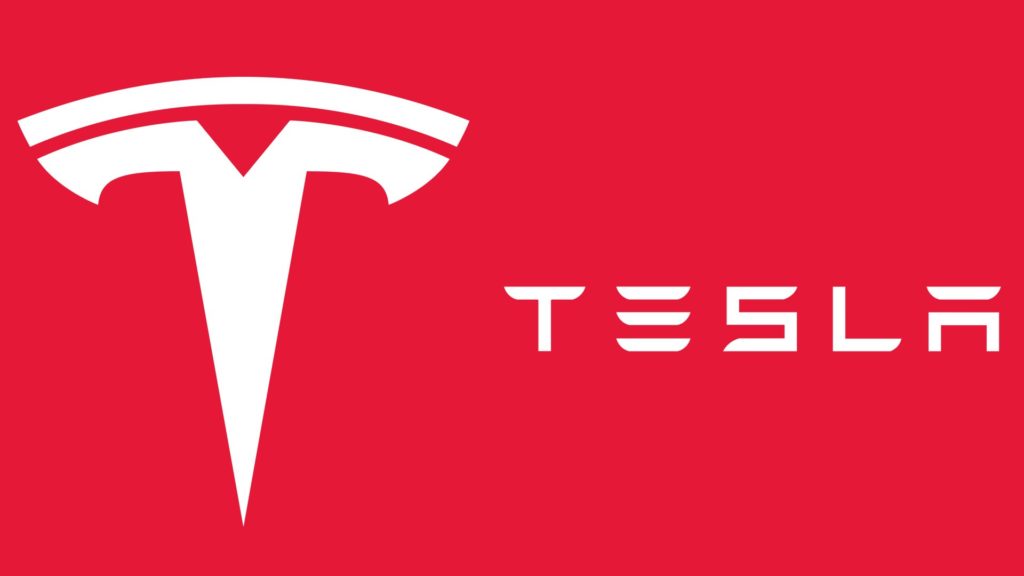This market research report was originally published at the Yole Group’s website. It is reprinted here with the permission of the Yole Group.
Level 4 autonomous driving would be difficult to implement with the EV manufacturer’s current camera-only strategy.
Elon Musk’s announcement that Tesla hold a robotaxi unveiling on 8/8 was surprising, as the company does not use the radars and LiDARs in its vehicles required to achieve full autonomous driving. And the company is not among the few automakers that have permits to test fully autonomous vehicles on the roads without a human driver.

Tesla’s strategy so far has been to remove all sensors and use only cameras in its vehicles. However, all current robotaxis in testing are equipped with radars and LiDARs. Adding LiDARs or radars would go against Elon Musk’s strategy of recent years. But with the postponement of its low-cost Model 2, Tesla could perhaps take the opportunity to release a new platform like HW.5 or a new product.
Yole Group is monitoring the emergence of robotic mobility—including the technology choices made by Tesla—in its dedicated report Computing and AI for Robotic Mobility.
“If Tesla’s robotaxi keeps the same sensor configuration and the same platform as HW4.0, we’re expecting a very meticulous staging, or else in a very special environment. But Tesla could also present a completely new product, or its new HW 5.0 platform, equipped with more powerful processors, enabling it, in theory, to achieve the autonomy of a robotaxi.”
Hugo Antoine
Technology and Market Analyst for Computing and Software, Yole Group
The robotaxi announcement could refer to a software upgrade, and just as Tesla Full Self-Driving (FSD) is available as a $12,000 optional update, the company could offer a robotaxi option for a few thousand euros, which Tesla owners could buy at any time via an over-the-air (OTA) upgrade. Such a software modification would be aligned with Tesla’s long-term strategy, but it would be very difficult to implement and certify.
Musk claims that the FSD feature provides Level 3 autonomy as it offers some ability to drive Tesla vehicles autonomously, but it has not achieved certification and is still considered to be Level 2.

Hardware and software modifications with a new HW 5.0 platform would be aligned with Tesla’s long-term strategy but would also be hard to implement and certify without sensors and LIDAR. Introducing new sensors and a new computing platform would be against Tesla’s camera-only strategy, and introducing a new EV model specifically designed to be a robotaxi would come at high cost and high financial risk.
Tesla lags industry robotaxi development
Only three companies in the US have received approval to deploy autonomous vehicle service on the roads — Nuro, Google subsidiary Waymo, and more recently, Mercedes-Benz. Four more companies — AutoX, Zoox, Apollo and WeRide — are approved to test driverless vehicles. GM subsidiary Cruise lost its robotaxi license following a fatal accident in October 2023.
New EV OEMs such as China’s Xpeng and Nio are embedding the necessary applications but have not yet activated them in their vehicles. If and when Level 3 autonomy becomes more widespread, these features can be activated through OTA updates.
Tesla currently only has a permit for robotaxi testing with a driver present. It is hard to imagine that Tesla’s current vehicle configuration can support robotaxi operations. In addition to the fact that they contain no radar or LiDAR, the vehicles have only eight 360° view cameras and two FSD chips, each with an estimated 120 trillion operations per second (TOPS). By comparison, Xpeng, which has a driverless robotaxi testing permit in Guangzhou, China, features two LiDARs, five mmWave radars, 11 360° view cameras and two Nvidia Orin chips with around 250 TOPS each in its G9 model. And Waymo, which has deployment permits for driverless robotaxis in California, Arizona, and Texas, has four LiDARs, six 360° view radars, 29 360° view cameras and chips with an estimated 1,000+ TOPs in its fifth-generation vehicle.

“Using only cameras for robotaxi could be possible, but extremely difficult in the short term and with only 240 TOPS in the car. In the long term, it might be possible, but it’s not even certain. It’s important to bear in mind that the aim of autonomous cars is not to be as efficient as we are, but to outperform us to increase safety. At the research and development stage, a lot of sensors and calculations are needed to identify as much information as possible. Technology is constantly evolving, so it’s difficult to have standard platforms. But once we’ve managed that, we can reduce the number of sensors because we know which ones are needed to drive the car.”
Hugo Antoine
Technology and Market Analyst for Computing and Software, Yole Group
Companies have spent an estimated $40 billion so far to develop autonomous vehicles, and approximately 75% of this investment has been focused on robotaxis. This magnitude of spending indicates the potential for the industry when robotaxi services become commercialized on a large scale. A business model that combines autonomous vehicles with taxi services as a form of transportation could generate large profits in the long term.
To generate cash, companies have teamed up with partners in the consumer automotive sector to build Level 2+/3 software and Level 2+/3 hardware combinations. They can then use these funds to continue to develop their expensive robotaxi and robot truck businesses.
Yole Group will continue to track the developments in the emerging robotic mobility industry and will observe Tesla’s robotaxi announcement with interest.
Stay tuned for more updates.


